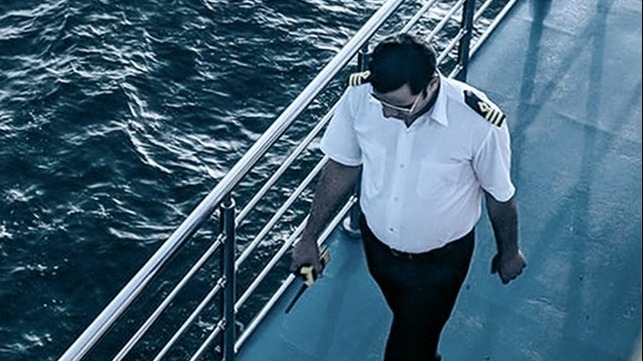Seafarer Labor Shortage Reaches 17-Year High Reports Drewry

Drewry warns in its latest report that the supply of officers and seafarers is growing increasingly tight for ships and is not expected to improve in the coming years. The global consultancy warns in its Manning Annual Review and Forecast that the shortfall has reached a record high and is likely to have lasting impacts on the shipping industry.
The new report says that the shortfall for officers widened dramatically in the past year. Drewry calculated that it was at about five percent a year ago and has now nearly doubled to nine percent of the global pool. They report that the shortfall is at “the highest level since Drewry first started analyzing the seafarer market 17 years ago.”
The report cites several factors contributing to the growing shortage of officers and seafarers. They write that the effects of Covid-19 persist saying that while the pandemic is over it had an impact on training. Equally significant is the psychological impact due to the reports of seafarers becoming “stuck on board vessels.”
The war in Ukraine is having another significant impact as both Russia and Ukraine historically supplied large numbers of seafarers and officers to the commercial industry. Drewry believes that some crews have returned home or gone to join the military.
“The seafarer labor market has become particularly tight,” writes Drewry. They warn that the shortfall has “important implications for recruitment and retention as well as manning costs,” for shipping companies.
As a result, the importance of well-being they conclude has become increasingly important in employee retention. “The trend of looking beyond wage rates is becoming stronger by the day,” they write in the report,” saying that “Things like good communication channels with families at home, comfortable facilities onboard, and a supportive work environment are gaining importance.”
Forecasting the outlook for the market, they predict that vessel manning will be challenging for the next few years, especially with regard to officer availability. The deficit is projected to continue at least until 2028 based on the limited number of new seafarers becoming available in the next five years.
“Employers are seeking alternative sources of supply to fill the gap, and wages have also begun to show more volatility,” said Rhett Harris head of manning research for Drewry. “While sectors like containerships and offshore supply vessels have already seen increasing wage rates due to the strength of the sectors, we expect wage cost to accelerate for other vessel types as well.”
